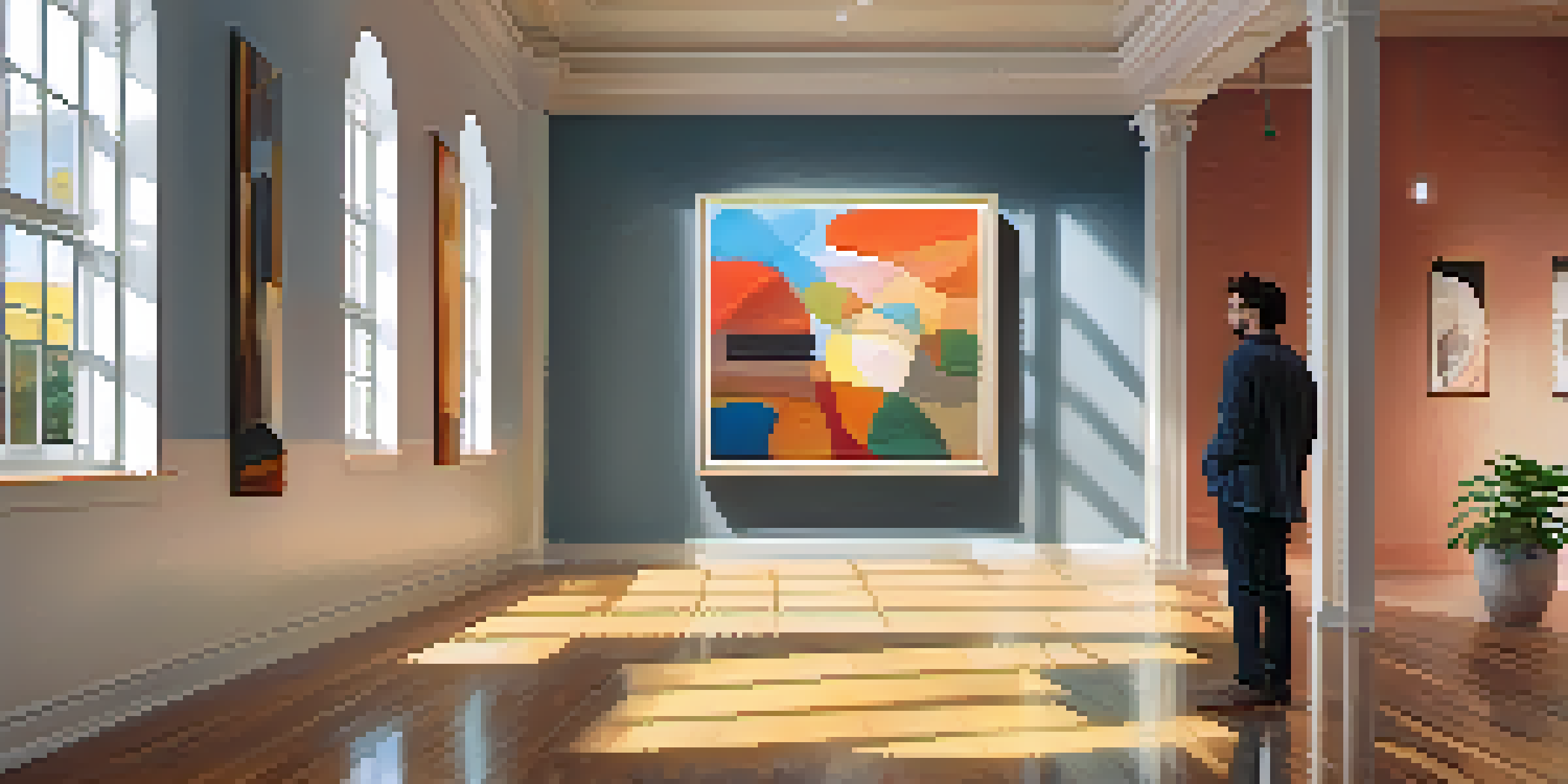The Ethical Implications of Art and Authenticity

Understanding Art Authenticity in Today’s World
Art authenticity refers to the genuineness of a piece, establishing whether it is an original or a reproduction. In a world filled with forgeries and replicas, discerning what is truly authentic can be challenging for collectors and admirers alike. This complexity not only affects market value but also raises questions about the artist's intent and the worth of the artwork itself.
The Role of Artists in Defining Authenticity
Artists often grapple with the concept of authenticity in their work, especially when influenced by trends or commercial pressures. When an artist chooses to replicate a style or concept that is not their own, it can blur the lines of authenticity. Essentially, this raises the question: does the artist's intention to create original work matter if the outcome seems derivative?
Authenticity Challenges in Art
Determining the authenticity of artwork is increasingly complex due to forgeries, market pressures, and cultural influences.
Cultural Appropriation vs. Artistic Influence
Cultural appropriation is a hotly debated topic in the art world, as it questions who has the right to use cultural symbols and practices in their work. While artistic influence is natural, it becomes unethical when it disregards the significance behind those cultural elements. This gray area often leads to discussions about respect, representation, and the power dynamics at play in art creation.
The Impact of Technology on Art Authenticity
With advancements in technology, the creation of art has transformed dramatically, leading to unique ethical dilemmas. Digital art, for instance, can be easily copied and shared, complicating authenticity claims. Moreover, technologies like blockchain are emerging as potential solutions for verifying authenticity, yet they also raise questions about accessibility and ownership.
Ethics in Art Collection
Collectors and curators significantly impact the perception of authenticity and value, necessitating ethical choices regarding representation.
Market Pressures and the Value of Authentic Art
The art market can place immense pressure on artists to produce work that is commercially viable rather than personally authentic. This often leads to a cycle where the value of art is dictated more by market trends than by the intrinsic meaning of the piece. Consequently, it begs the question: how do we preserve artistic integrity in a profit-driven landscape?
The Ethics of Collecting and Curating Art
Collectors and curators play a pivotal role in the art world, influencing what is deemed authentic and valuable. Their choices can either elevate underrepresented artists or perpetuate existing biases. As gatekeepers of artistic value, they must navigate ethical considerations surrounding provenance, representation, and the broader implications of their selections.
Technology's Role in Art
Advancements in technology, like digital art and blockchain, present both opportunities and challenges for verifying authenticity in art.
Art Institutions and Accountability
Art institutions, such as museums and galleries, have a responsibility to uphold ethical standards regarding authenticity and representation. When these institutions fail to authenticate works properly or overlook marginalized voices, they contribute to a skewed narrative in the art world. Thus, accountability becomes crucial in ensuring that art serves as a true reflection of diverse experiences.
Future Directions: Balancing Ethics and Creativity
As the art world continues to evolve, finding a balance between ethical considerations and creative expression will be essential. Ongoing conversations about authenticity, cultural respect, and market influence will shape the future of art. Ultimately, fostering an environment that values integrity and inclusivity can enrich the artistic landscape for generations to come.